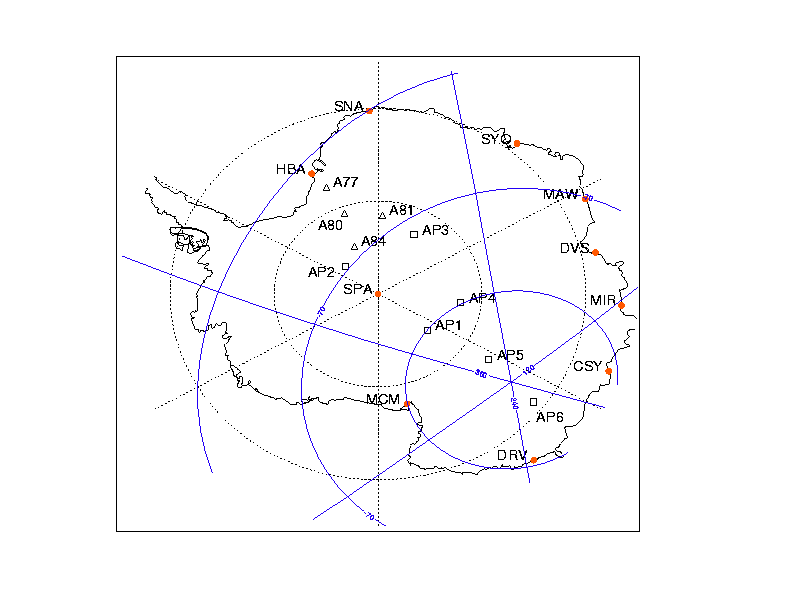Among the many science experiments taking place at South Pole one of the more interesting field experiments is AGO – the Automatic Geophysical Observatories Network. While Research Scientist Dr. Bob Melville and his team were stationed here at the South Pole Station, I had the opportunuty to help build various electronics, which were subsequently installed at the AGO remote field sensor sites. It was a great experience working with them this year, and I’m certainly hoping to continue my involvement during future seasons on the ice.
A bit about AGO, from the University of Maryland:
Continued progress in understanding the Sun’s influence on the structure and dynamics of the Earth’s upper atmosphere depends upon increasing knowledge of the electrodynamics of the polar cap region and the key role that this region plays in coupling the solar wind with the Earth’s magnetosphere, ionosphere and thermosphere. Measurements that are central to understanding include the electric field convection pattern across the polar cap and knowledge of the response of the atmosphere to the many forms of high-latitude wave and particle energy inputs during both geomagnetically quiet and disturbed situations.
The U.S. AGO network, which consists of a suite of nearly identical instruments (optical and radio wave auroral imagers, magnetometers, and narrow and wide band radio receivers) at six locations on the polar plateau, actively studies the coupling of the solar wind to ionospheric and magnetospheric processes, emphasizing polar cap dynamics, substorm phenomena, and space weather.




Comments
One response to “Building Electronics For Antarctica’s Automatic Geophysical Observatories Network”
[…] Automatic Geophysical Laboratories – Building Electronics […]